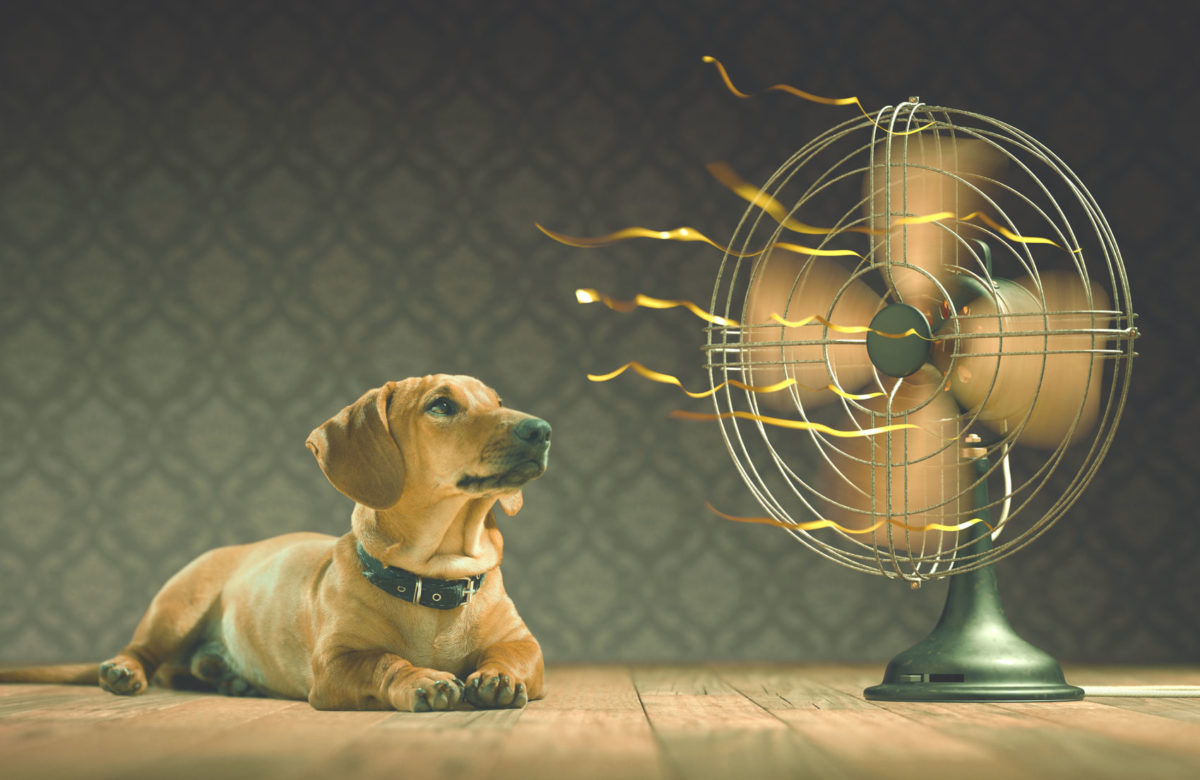
Understanding Your Dog’s Cooling System
A dog’s primary cooling system relies on exchanging hot air inside their body with cooler air from outside. This process occurs mainly through panting. If your dog is lagging behind or panting heavily, he is likely overheated and trying to cool down.
Dogs and Their Unique Cooling Needs
Dogs do not have sweat glands like humans do. Instead, they rely on panting to regulate their body temperature. I often compare dogs to old Volkswagens, as they are “air-cooled.” While giving your dog water is helpful, shade and a cool breeze are what they really need.
It’s important to remember that dogs cannot tell you when they feel hot or tired. Like a toddler, they rely on you to observe their behavior. So, keep your parent hat on and be vigilant.
The Best Times to Walk Your Dog
Dogs are most active during dawn and dusk. These hours coincide with the sun’s least intense heat. If you walk your dog during warm weather, find shade every 15 to 20 minutes, depending on the conditions. I prefer to stop more often than necessary to prevent overheating.
Hiking during the hottest part of the day can easily lead to heat exhaustion for your dog. Additionally, walking on concrete is much cooler than on asphalt. Always touch the ground to test its temperature before allowing your dog to walk on it.
Tips for Cooling Down
If your dog begins to overheat, shade and a cool breeze are essential. You can also pour water over your dog’s head and body to cool down their brain and other vital organs. Remember, never leave your dog in a closed vehicle, even on cooler days. The temperature inside a car can rise to dangerous levels quickly.
Protecting Your Dog Year-Round
Every year, I encounter clients whose dogs suffer or even pass out from heat stroke due to a lack of awareness about these simple tips. I hope this information helps you protect your dog from overheating throughout the year. Keep an eye on your furry friend, and together, you can enjoy safe and enjoyable outdoor adventures!